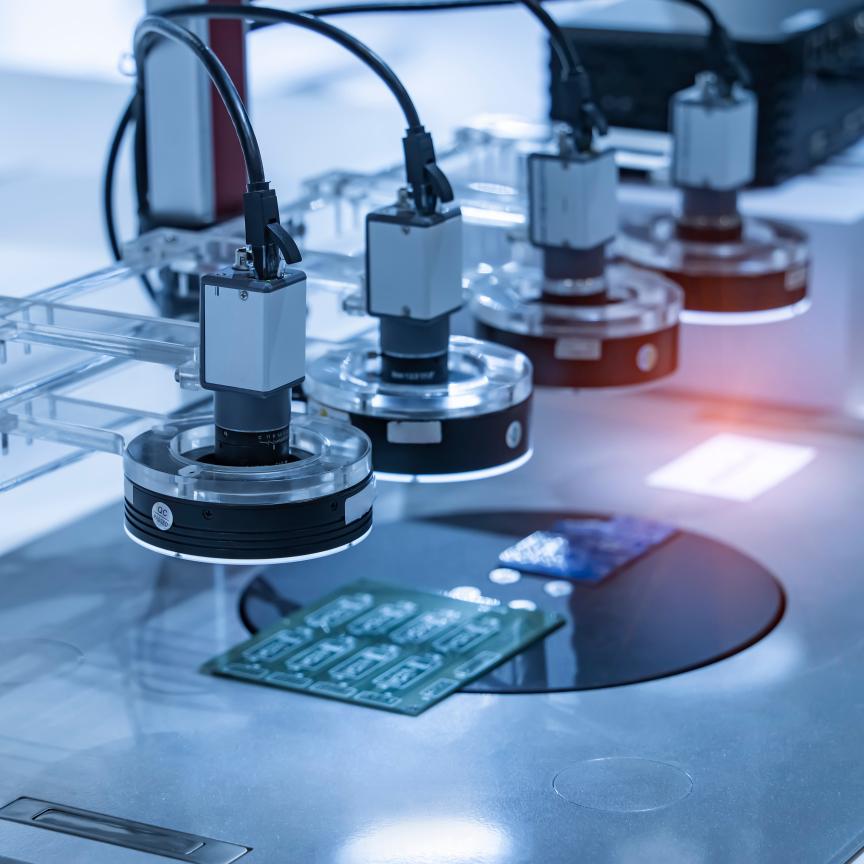For the fourth consecutive time a Chinese system has retained top spot in the Top500, a bi-annual list of the top supercomputers in the world based on a Linpack benchmark.
Tianhe-2, a supercomputer developed by China’s National University of Defense Technology, has retained its position as the world’s top system with a performance of 33.86 petaflops.
In fact, there was little change among the ranking of the world’s top 10 supercomputers in the latest edition of Top500. The only new entry was at number 10 — a 3.57 petaflops Cray Storm system installed at an undisclosed US government site.
Although the United States remains the top country in terms of overall systems with 231, this number is down from 233 in June 2014 and down from 265 on the November 2013 list. The US is nearing its historical low number on the list.
The number of European systems rose to 130, up from 116 last June, while the number of systems across Asia dropped from 132 to 120. The number of Chinese systems on the list also dropped, now at 61, compared to 76 in June 2014. Over the same period, Japan increased its number of systems from 30 to 32.
The Top500 list serves as a measure of the relative growth in performance of the top supercomputers across the world. Since all systems are ranked according to performance running the same Linpack benchmark application.
With the latest list, the overall list-by-list growth rates of performance continues to be at historically low values for the last two years.
This lag in the overall average performance of all 500 systems is noticeably influenced by the very large systems at the top of the list. Recent installations of very large systems – up to June 2013 – have counteracted the reduced growth rate at the bottom of the list, but with few new systems at the top of the past few lists, the overall growth rate is now slowing.
However the recent announcement from the DOE of two large systems totalling more than $300 million will certainly have an impact on the Top500 when the machines become operational, although this won't be until 2017.
Only time will tell if the renewed vigour shown by the US’s CORAL programme can counteract the slowdown in top HPC systems shown over the last couple of years. If losing the top place can spur the Chinese into a little friendly competition then the HPC industry will surely benefit.

